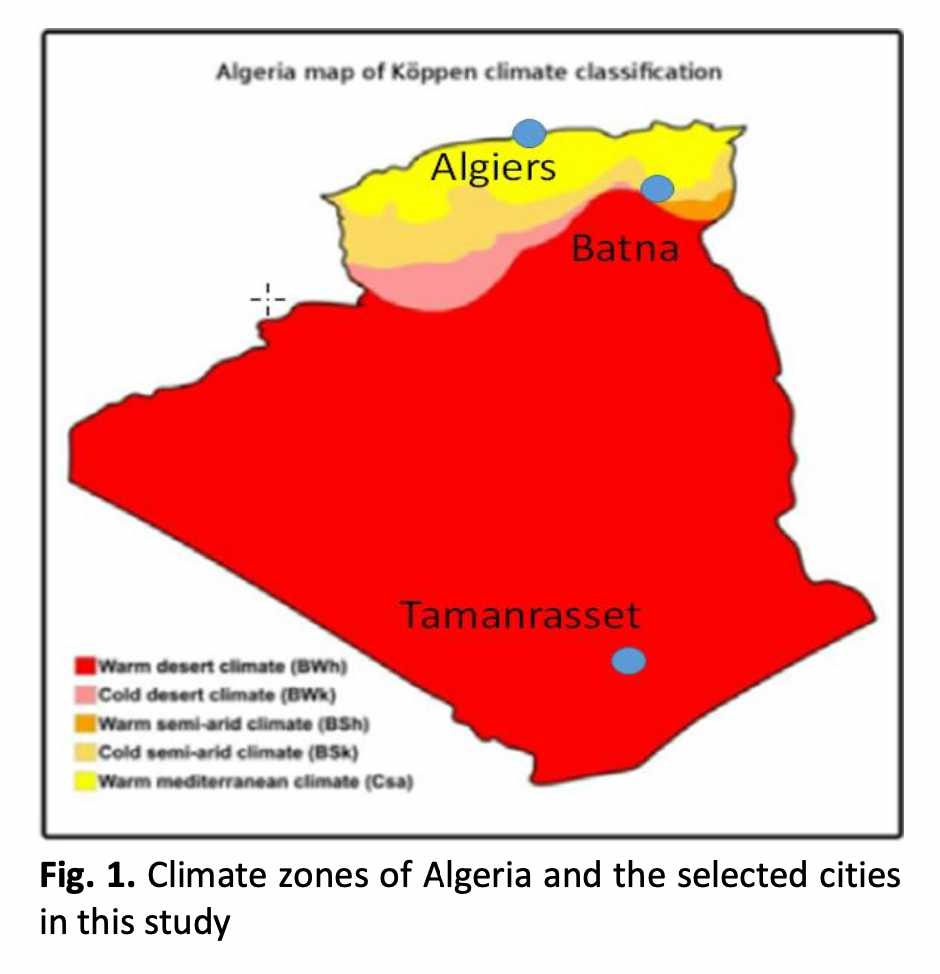The Effect of External Walls on Energy Performance of Algerian Rural Building in Different Climatic Zones
DOI:
https://doi.org/10.37934/arfmts.107.2.171190Keywords:
Energy saving, rural house, dynamic thermal insulation, haute energy performance, energy efficiencyAbstract
The building sector is one of the largest consumers of resources (energy and materials). This matter is responsible for approximately 42% of the Algerian primary energy, and this number is expected to rise with population growth, especially urban expansion in rural areas. Designing a rural building that is energy efficient and compatible with the climatic conditions of the construction site is among the most promising sustainable methods to reduce energy consumption in buildings. The scope of this study is to evaluate rural building orientation, glazing system and the possibility of using two different types of rural constructions. First, ordinary walls (W1) are the most spread and commonly used and the second HEP (W1, W2) depends on Thermal insulation; one of which is represented by Polysterene and the second is the bio-composite date palm fiber available locally. This study was conducted in three main dominant climates in Algeria. To this end, various numerical investigations in EnergyPlussofware were performed. The results showed the effect of different climatic zones on the orientation of the building. The best orientation of the rural building in Algiers, Batna and Tamanrasset is respectively south, north and east, with the small windows of 20% window-to-wall ratio in Algiers and Tamanrasset compatibility energy saving 27.3 % and 18.3 %. The results prove the effectiveness of the wall W3, which contains bio-composite DPF, in the three climates, in Algiers, Batna, and Tamanrasset, reducing the annual total thermal energy by about 45%, 20%, and 5%, respectively. On the other hand, in Batna, the window-to-wall ratio is the best for windows of medium size, 30% to 40%.
Downloads

































